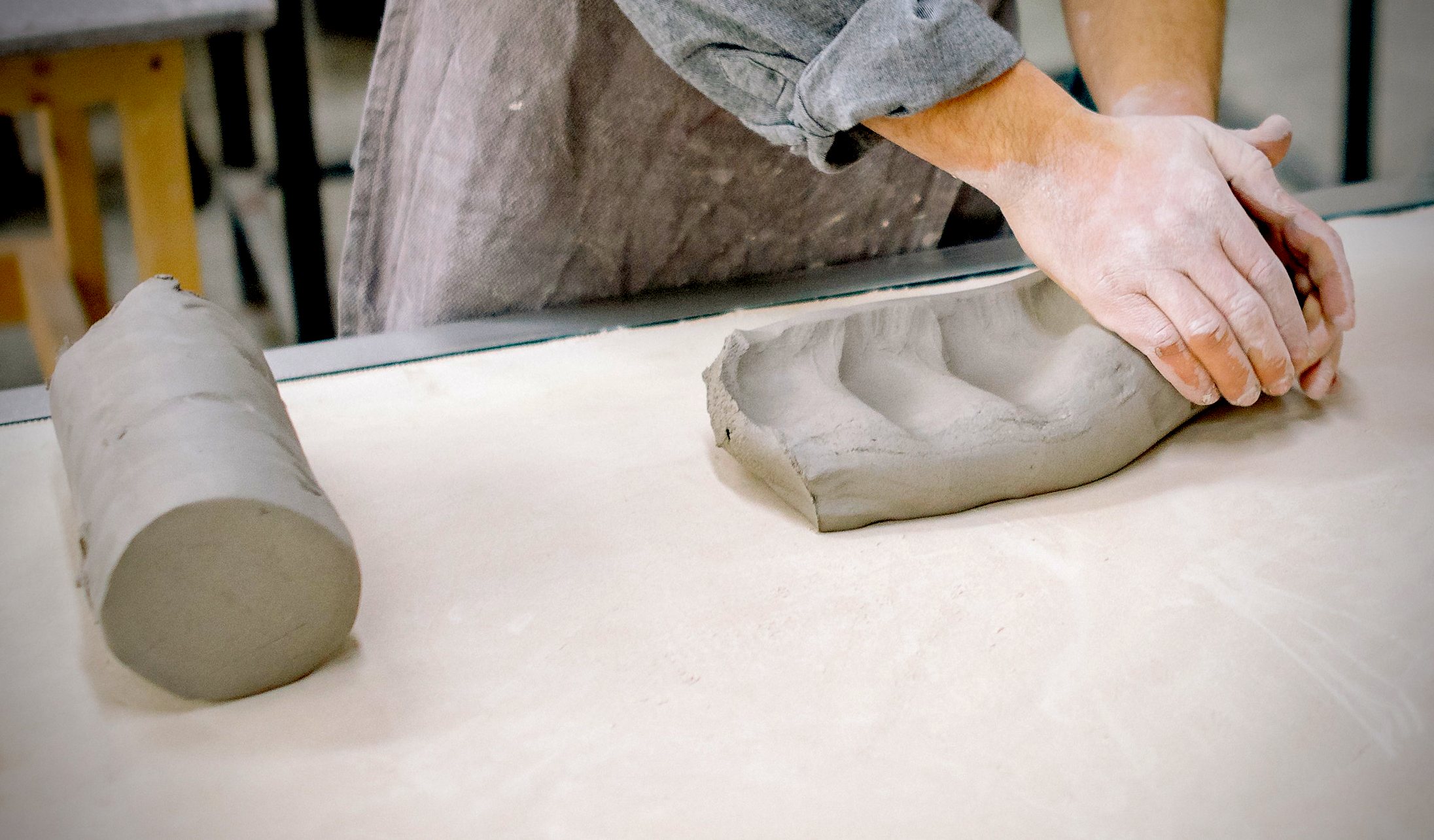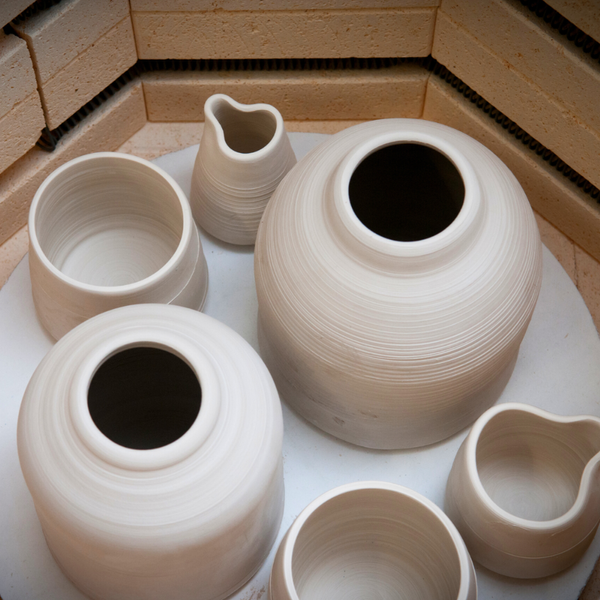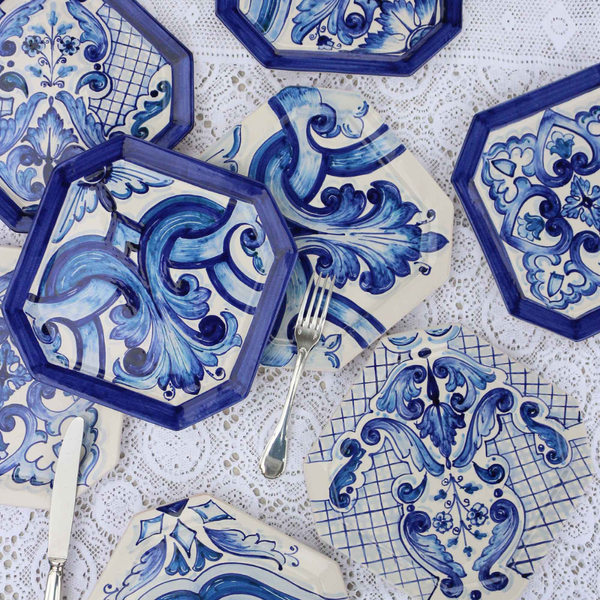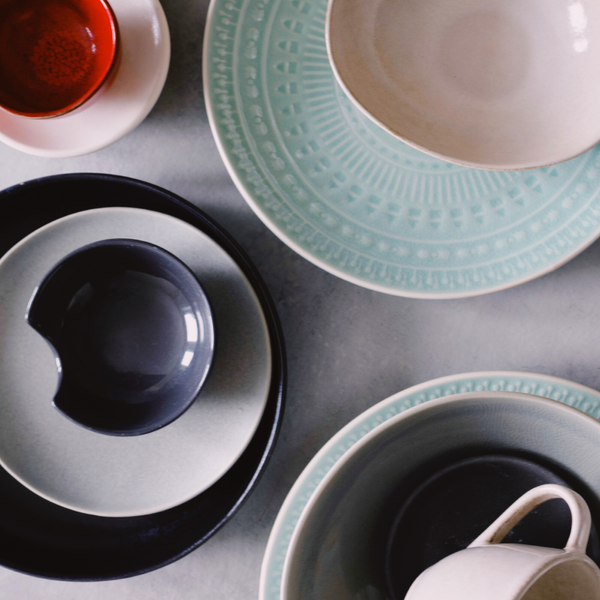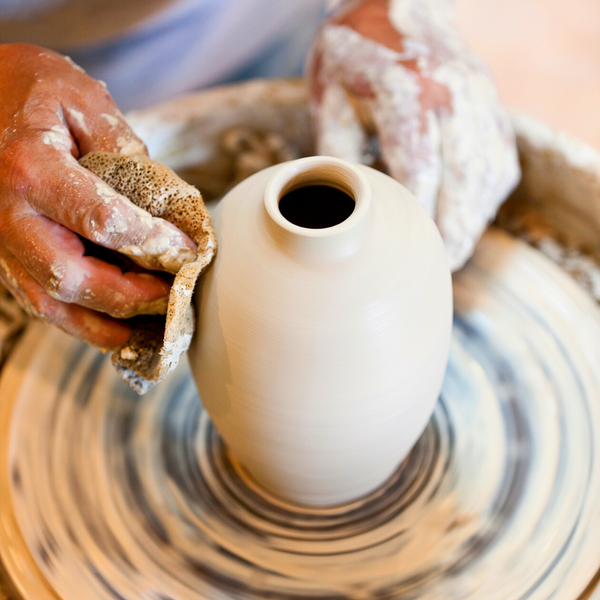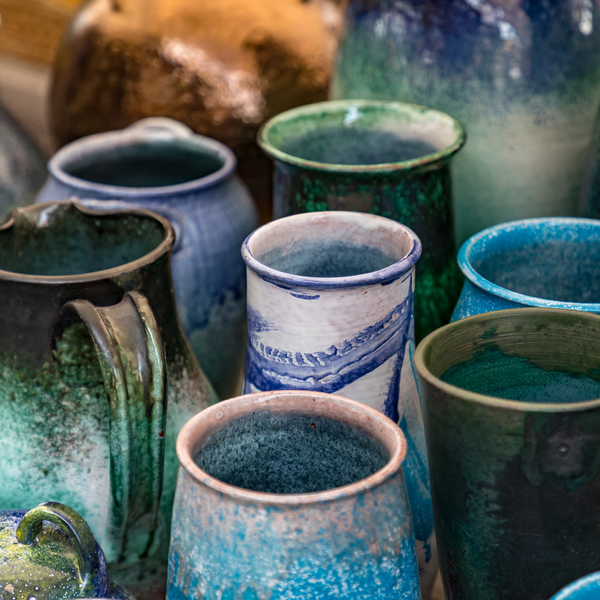For generations, the craft of handbuilding pottery has been an essential aspect of the artistic and functional expression.
Handbuilding with clay is an ancient and versatile form of pottery that allows for a wide range of creative expression.
From ancient civilizations to modern studios, handbuilding techniques have been used to create a wide range of vessels, sculptures, and other clay works.
This technique involves creating ceramic objects by hand using simple tools such as fingers, hands, and basic tools like rolling pins.
However, the journey from raw earth to finished masterpiece begins at the wedging table.
Whether you're a seasoned ceramicist or a beginner, the question of whether you need to wedge clay for handbuilding is crucial for the success of your projects.
This article will delve into the reasons why wedging is an essential step in the clay preparation process, the different techniques available, and how to effectively wedge clay for optimal results in handbuilding.
Let's delve into the reasons why wedging clay is critical for potters, explore the various techniques, share insider ceramics tips, and address some common misconceptions.
If you're an artisan honing your craft, a newcomer to the handcrafting community, or simply fascinated with the human-imposed transmutation of raw materials into artful objects, this comprehensive guide will take you through the essential act of wedging with the precision of a craftsman and the passion of an artist.
Key Takeaways:
- Understanding the importance of wedging clay for handbuilding to ensure consistency and strength.
- Exploring various wedging techniques suitable for handbuilding projects.
- Learning how to properly prepare clay for handbuilding to enhance the final product's quality.
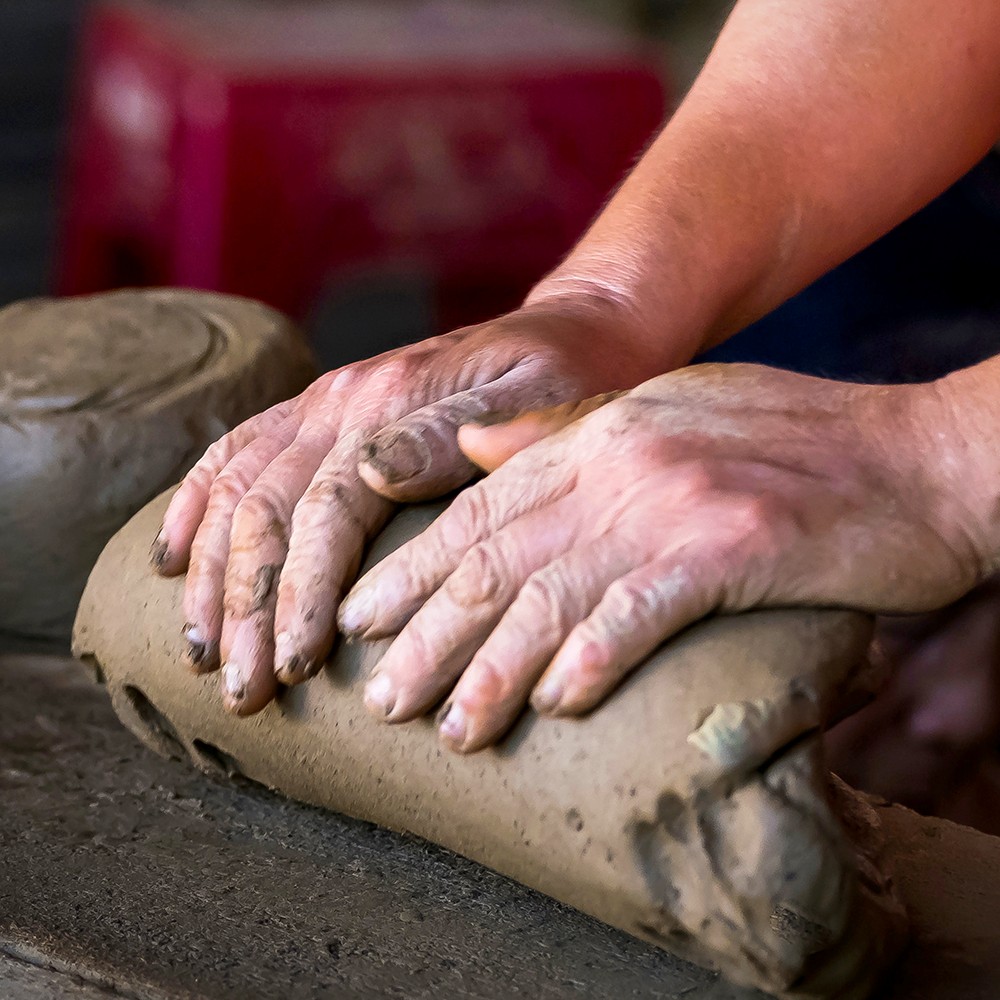

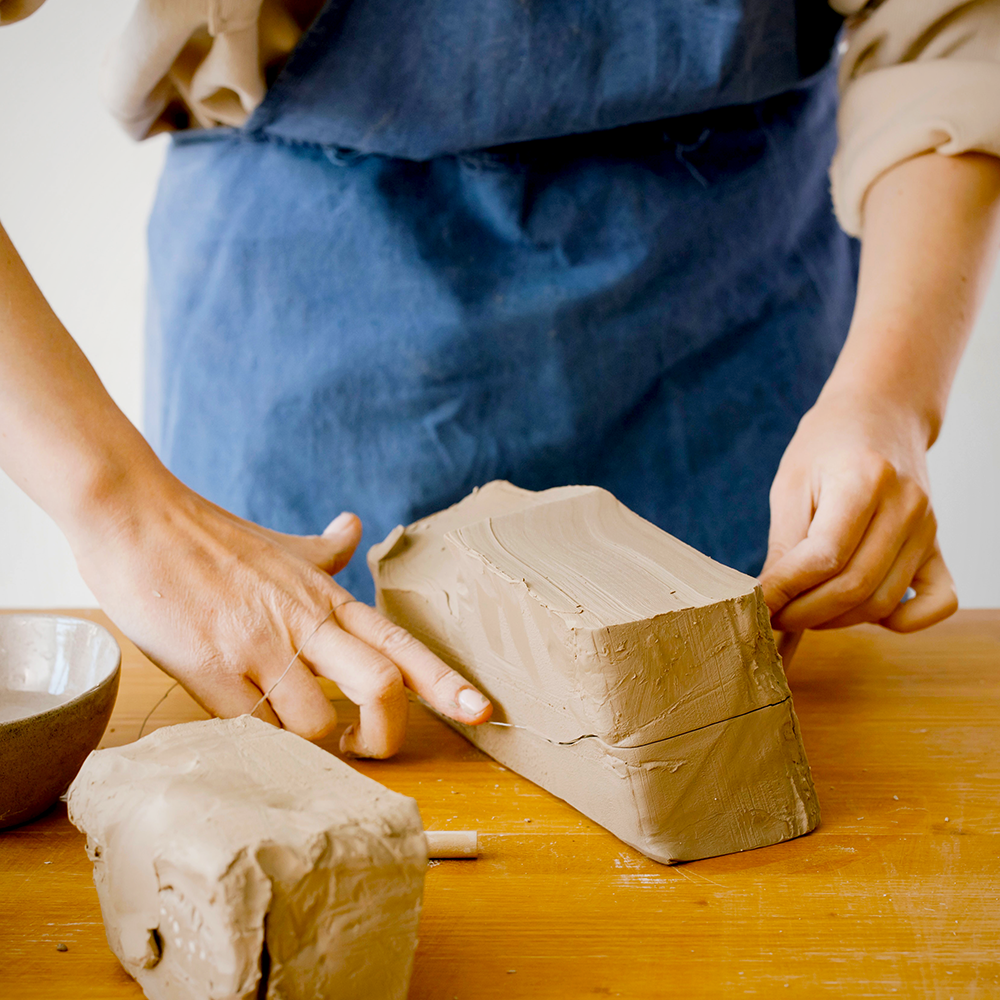
The Purpose of Wedging Clay
Wedging clay is a fundamental step in the pottery-making process.
It serves multiple purposes, such as homogenizing the clay body, removing air pockets, and achieving an even moisture content.
When you wedge clay, you're essentially kneading it to ensure that the clay particles are evenly distributed.
This process is vital for handbuilding as it prevents potential weaknesses in the finished piece that could lead to cracking or warping during the drying and firing stages.
Types of Wedging Techniques
There are several wedging techniques that potters use, each with its own set of benefits.
Spiral wedging and ram's head wedging are two popular methods.
Spiral wedging involves cutting the clay with a wire and then kneading it into a spiral shape, which aligns the clay particles in a consistent pattern.
Ram's head wedging, on the other hand, is a technique where the clay is shaped into a cone or ram's head, allowing for an effective way to remove air bubbles and prepare the clay for use.
Mastering the Ram's Head Wedge Technique
The Ram's Head wedge, named for its distinctive shape resembling the horns of a ram, is a traditional and highly effective wedging technique.
It is particularly useful for potters who are preparing large amounts of clay for handbuilding or pottery throwing.
The technique involves slamming a mass of clay onto a wedging table and then rolling and kneading it into a tapered shape.
This action not only homogenizes the clay but also forces out any trapped air, ensuring a consistent and workable medium for the artist.
For beginners, mastering the Ram's Head wedge can be a significant milestone in their pottery journey.
It is a physical process that requires both strength and finesse, and it can be quite satisfying to see a once-lumpy piece of clay transform into a smooth, pliable material ready for creation.
As part of a beginner's guide to pottery, learning this technique is essential, as it lays the foundation for successful throwing and handbuilding.
With practice, the Ram's Head wedge becomes not just a preparatory step, but a meditative and integral part of the potter's craft.
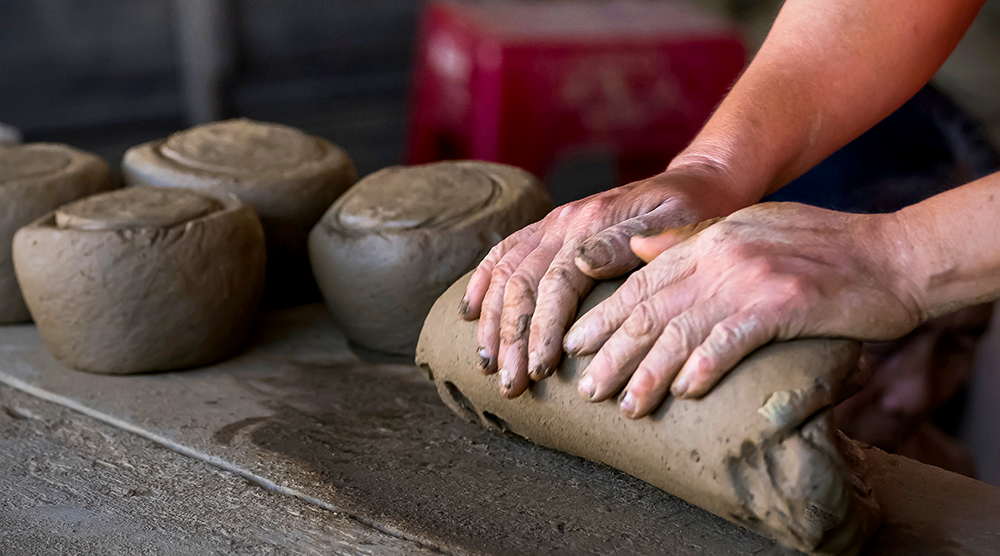

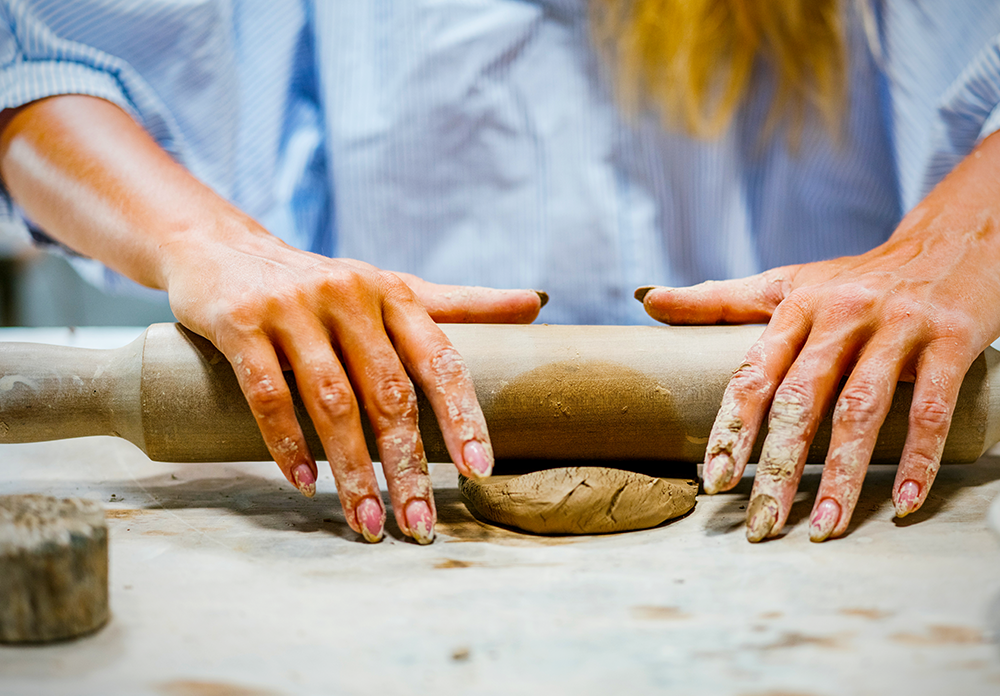
The Role of the Wedging Table
A wedging table is an essential tool for any potter.
It provides a sturdy, absorbent surface that helps in the wedging process.
The surface of the table is often covered with canvas or plaster to absorb excess moisture from the wet clay, making it easier to handle.
The right surface ensures that the clay doesn't stick and allows for the proper application of body weight during the wedging process.
Preparing Recycled Clay
Recycling clay is a cost-effective and environmentally friendly practice.
However, recycled clay often has an uneven consistency due to the mixture of different clay bodies and varying moisture levels.
Wedging recycled clay is crucial to restore its workability and make it suitable for handbuilding.
The wedging process helps to blend the different clay bodies together and achieve a uniform texture.
Wedging Clay for Wheel Throwing
Wedging clay is not only crucial for handbuilding but also for those who use the pottery wheel.
The process ensures that the clay is of an even consistency, which is vital for making pottery that is free from lumpy clay and removing air bubbles that could cause issues during the throwing process.
Most potters will agree that a well-wedged clay body leads to a smoother experience on the wheel, allowing for more precise control and fewer problems with the clay going off center.
For wheel throwing, a technique like spiral wedge or ram's head wedging is often preferred.
The spiral wedge works the clay into a cone shape, aligning the particles in a manner that makes centering on the wheel easier.
Meanwhile, the ram's head wedge, also known as rams head or ram s head wedging, involves repeatedly folding and pushing the clay into itself, which is a great technique for ensuring a homogenous mixture.
Both methods are essential skills outlined in any beginner's guide to clay making and are instrumental in crafting symmetrical pieces such as a coffee mug or a vase.
Significance of Clay Consistency for Wheel Throwing
When it comes to wheel throwing, achieving the right clay consistency is paramount.
The process of wheel wedging, which is a method of preparing the clay on the potter's wheel itself, can be a game-changer for potters.
This technique involves centering the clay and then coning it up and down.
The action helps to align the clay particles and ensures a uniform texture, which is crucial for the throwing process.
A consistent clay body without any hard or soft spots prevents the formation of cracks and warping during drying and firing, leading to a more successful final product.
Moreover, the presence of air bubbles can be the bane of any potter's existence, especially when wheel throwing.
Air trapped within the clay can expand during firing, causing unsightly blemishes or even catastrophic structural failures in the pot.
Wheel wedging, when done correctly, can effectively remove these air bubbles, ensuring a smooth and even canvas for the potter to throw on.
This is particularly important for beginners who are still mastering the delicate balance of pressure and movement required in wheel throwing.

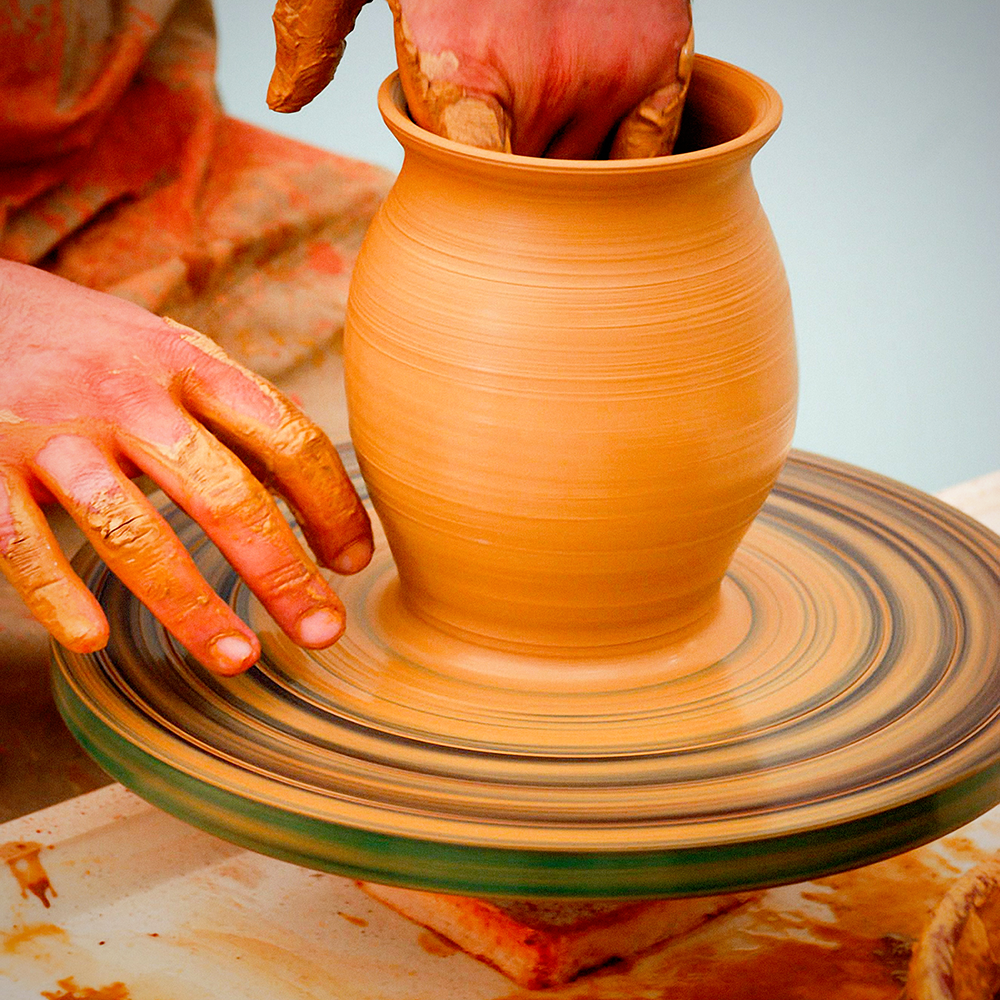
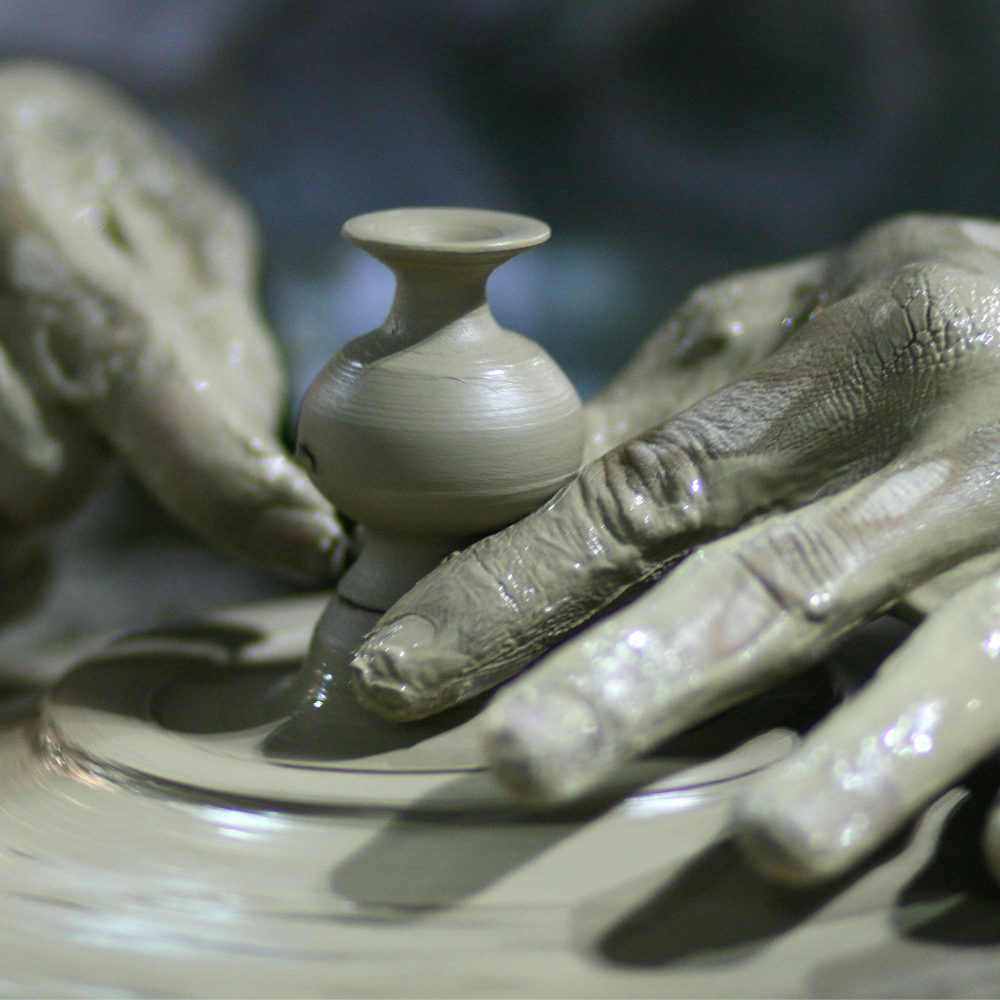
Lifecycle of Clay: Recycling and Reusability
The ability to recycle clay is one of the most sustainable aspects of pottery.
Clay that has become too dry, or scraps from trimming, can be reclaimed and reconditioned for use.
This process often involves letting the clay slake down in a clay bag with water until it reaches a workable consistency.
Afterward, the wedging technique is employed to bring the clay back to life, ready for another round of hand building or wheel throwing.
Slam wedging stack is a particularly effective method for recycling clay.
This technique involves slamming down layers of clay onto a wedging table or a surface from a hardware store that can withstand the impact.
The force helps to remove air and create a uniform texture throughout the clay.
Once the clay reaches the desired consistency, it can be shaped into a ball using a cutting wire and stored in plastic to maintain the correct moisture content until it's time to be used again.
This cycle of use and reuse not only makes clay easier to manage but also extends the life of the material, reducing waste and the frequency of firing up the kiln.
The Importance of Moisture Content
The moisture content of your clay is a critical factor in handbuilding.
Too much moisture can make the clay too sticky, while too little can cause it to be too dry and crumbly.
Wedging helps to evenly distribute moisture throughout the clay body, making it easier to mold and shape.
Using pottery tools like a damp sponge during the wedging process can help maintain the right level of moisture.


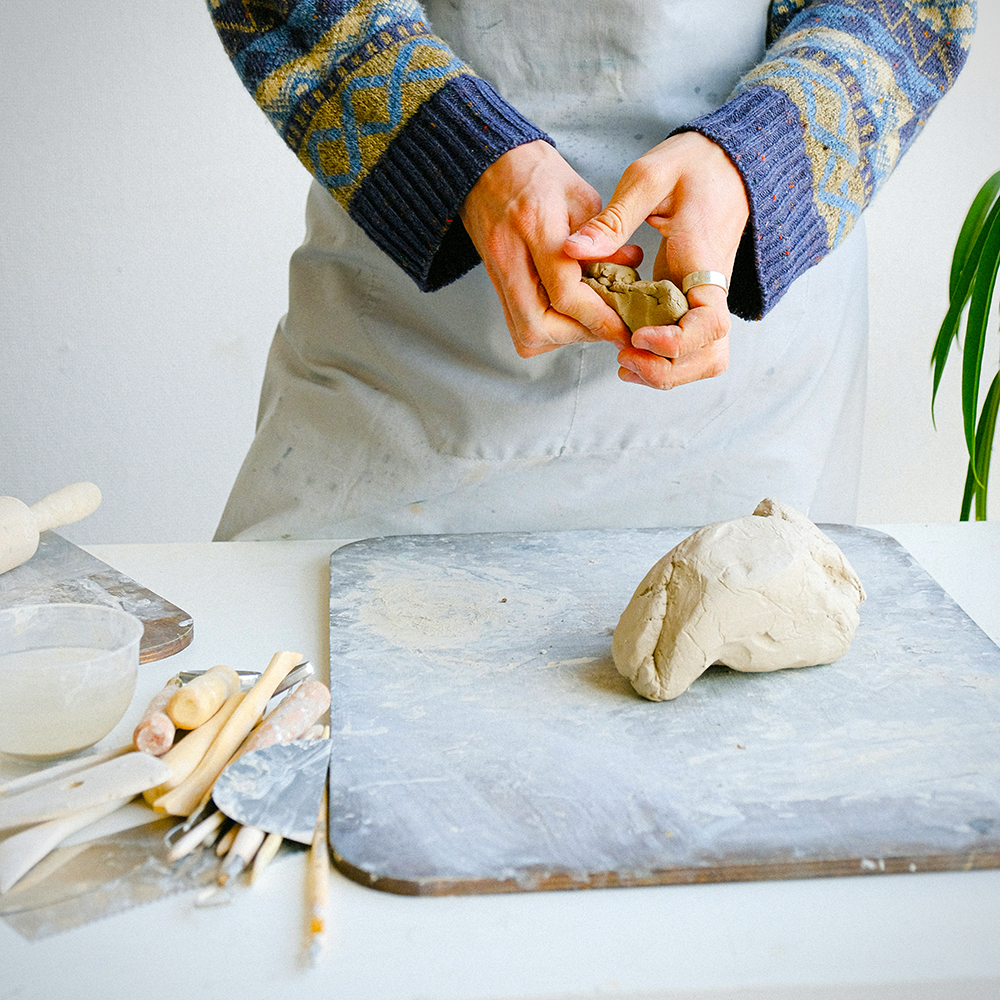
Wedging Process for Handbuilding Techniques
Whether you're using a slab roller for making flat pieces or a rolling pin for creating coils, wedging prepares the clay for these different handbuilding techniques.
It ensures that the clay is at an even thickness and the right consistency, which is essential for achieving the desired size and shape of your pottery pieces.
The wedging process can be broken down into a series of steps.
Starting with cutting the clay with a wire to the right size, you then proceed to wedge the clay using your chosen technique.
The goal is to achieve a homogenous clay body free of air pockets and with an even moisture content.
This process may take several minutes, depending on the clay's initial condition.
Choosing the Best Clay for Handbuilding
Not all clay bodies are suitable for handbuilding.
When you're looking to buy clay, it's important to choose one that has the right plasticity and strength for the type of work you're doing.
Wedging the clay before use will further enhance these properties, making it easier to work with and more likely to result in a successful final product.
Fresh Clay vs. Commercially Produced Clay
When you buy clay, whether it's fresh from the ground or commercially produced, wedging is still necessary.
Fresh clay often contains impurities and requires thorough wedging to prepare it for handbuilding.
Commercially produced clay, while more consistent in quality, can still benefit from wedging to wake up the clay body and ensure it's at the desired consistency for your ceramics project.

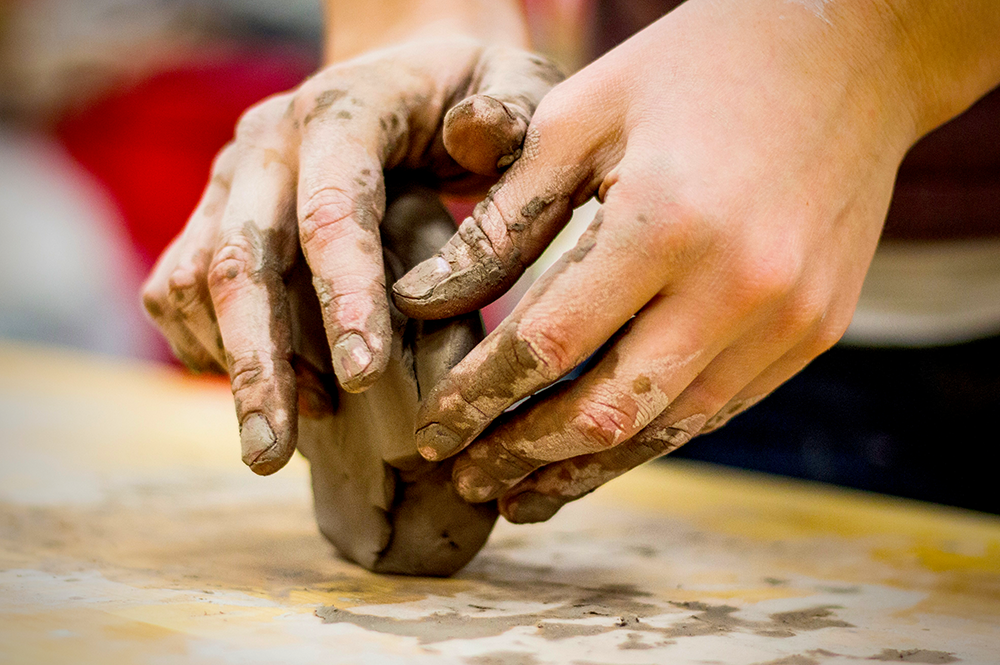

Utilizing Tools and Equipment
In addition to your hands, there are tools and equipment that can aid in the wedging process.
A pug mill is a machine that can mix and de-air clay, making the wedging process faster and more efficient.
For those who prefer manual methods, a wedging board with a canvas or plaster surface can provide the right resistance and absorbency for effective wedging.
Benefits of a Properly Wedged Clay Body
A well-wedged clay body is less likely to have structural issues during the drying and firing processes.
It's more pliable, easier to shape, and results in a stronger finished piece.
By taking the time to wedge your clay properly, you're investing in the quality and longevity of your handbuilt pottery.
It's an essential step in the journey of any potter, and one that shouldn't be overlooked.
Common Misconceptions about Wedging Clay
There are a few common misconceptions about wedging clay that we'd like to debunk:
- The first is that it's only necessary for wheel throwing. As we've discussed, wedging is just as crucial for handbuilding, if not more so.
- Another misconception is that it's only necessary for recycled clay. Even fresh, commercially produced clay can benefit from wedging to ensure an even consistency and remove air pockets.
- Some may believe that any method of kneading or compressing the clay is sufficient. However, proper techniques like spiral wedge or ram's head wedge are essential for achieving the desired clay body.
- Some may think that wedging is a tedious and unnecessary step. However, it's an integral part of the pottery-making process and directly impacts the outcome of your final piece.
In conclusion, wedging clay is a critical step in handbuilding that should not be overlooked or underestimated.
From preparing recycled clay to choosing the right clay body and utilizing proper techniques, it plays a crucial role in the success of any pottery project.
Investing time and effort into wedging will lead to stronger, more consistent pieces that stand the test of time.

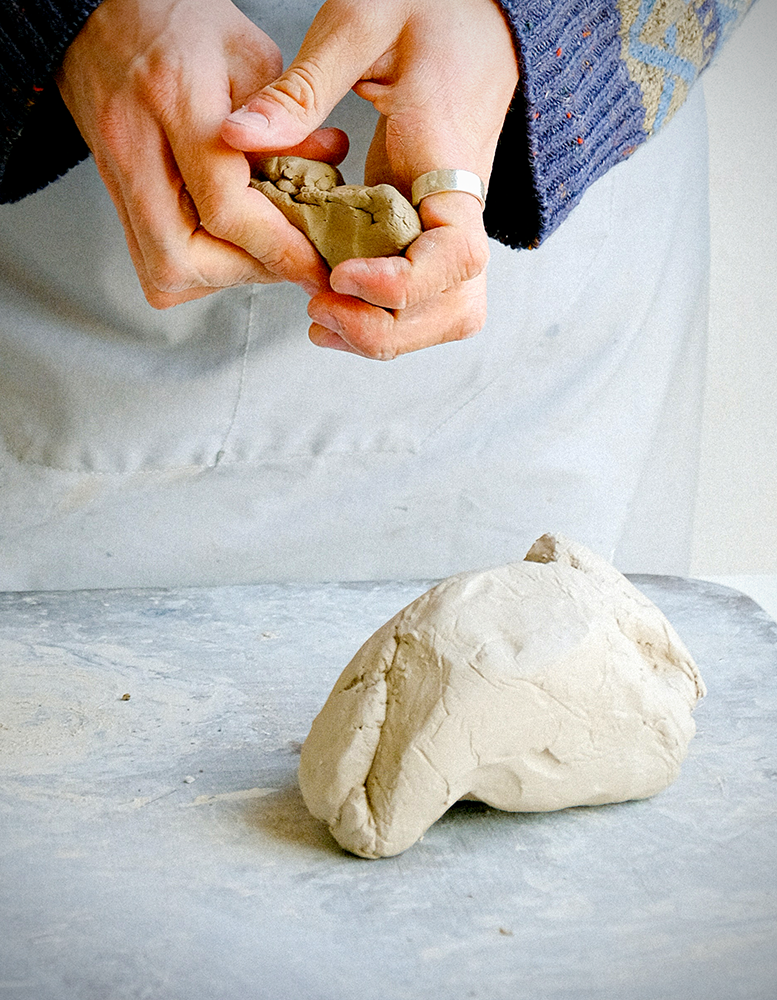
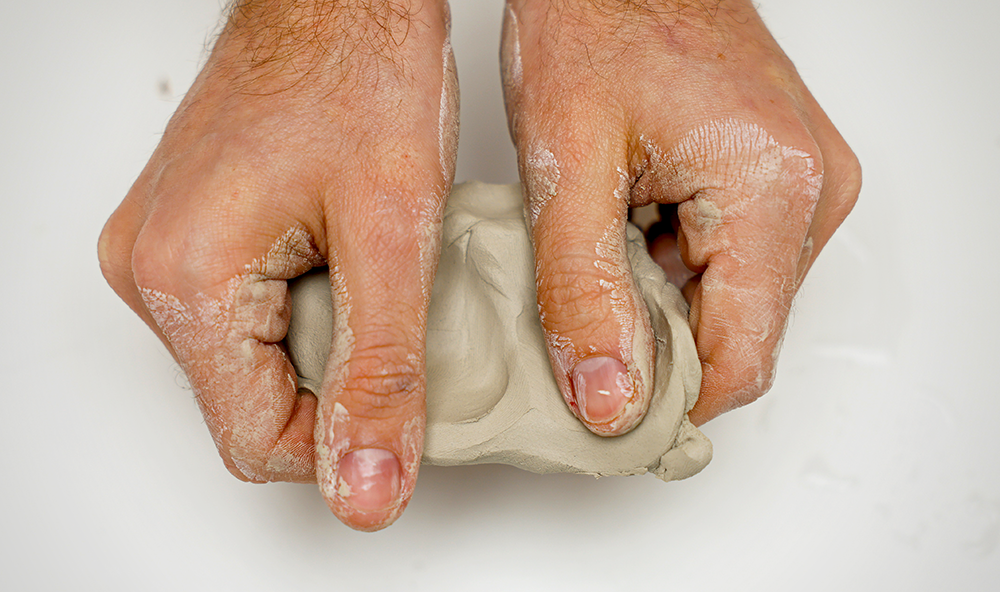
The Art of Wedging Clay
In the world of pottery, wedging clay is a fundamental skill that all potters must master; it's an indispensable step in the preparation for handbuilding.
It aligns clay particles, removes air pockets, and ensures an even moisture content, which are all crucial for the structural integrity of your pottery.
From preparing recycled clay to achieving the right consistency for handbuilding and wheel throwing, wedging is a meditative and integral part of the potter's craft.
Whether you're working with recycled clay or fresh, commercially produced clay, wedging enhances the workability and quality of your clay body.
By understanding and applying the right wedging techniques, you can significantly improve the outcome of your handbuilt ceramics.
So, keep practicing your wedging techniques to perfect your craft, and may you create many masterpieces with your well-wedged clay!
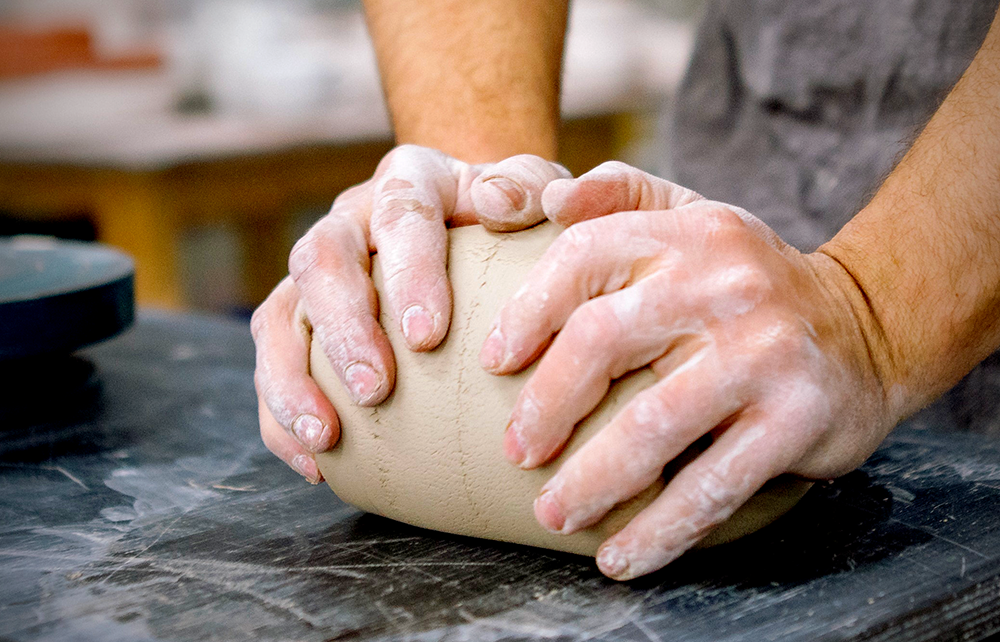


Eager to start wedging clay for your next clay project? Check out Pottery to the People's video!
Want even more content about creativity and art?
Be sure to check out all of our creative chronicles!
Love pottery and working with clay?
Check out some of our other ceramic articles:


